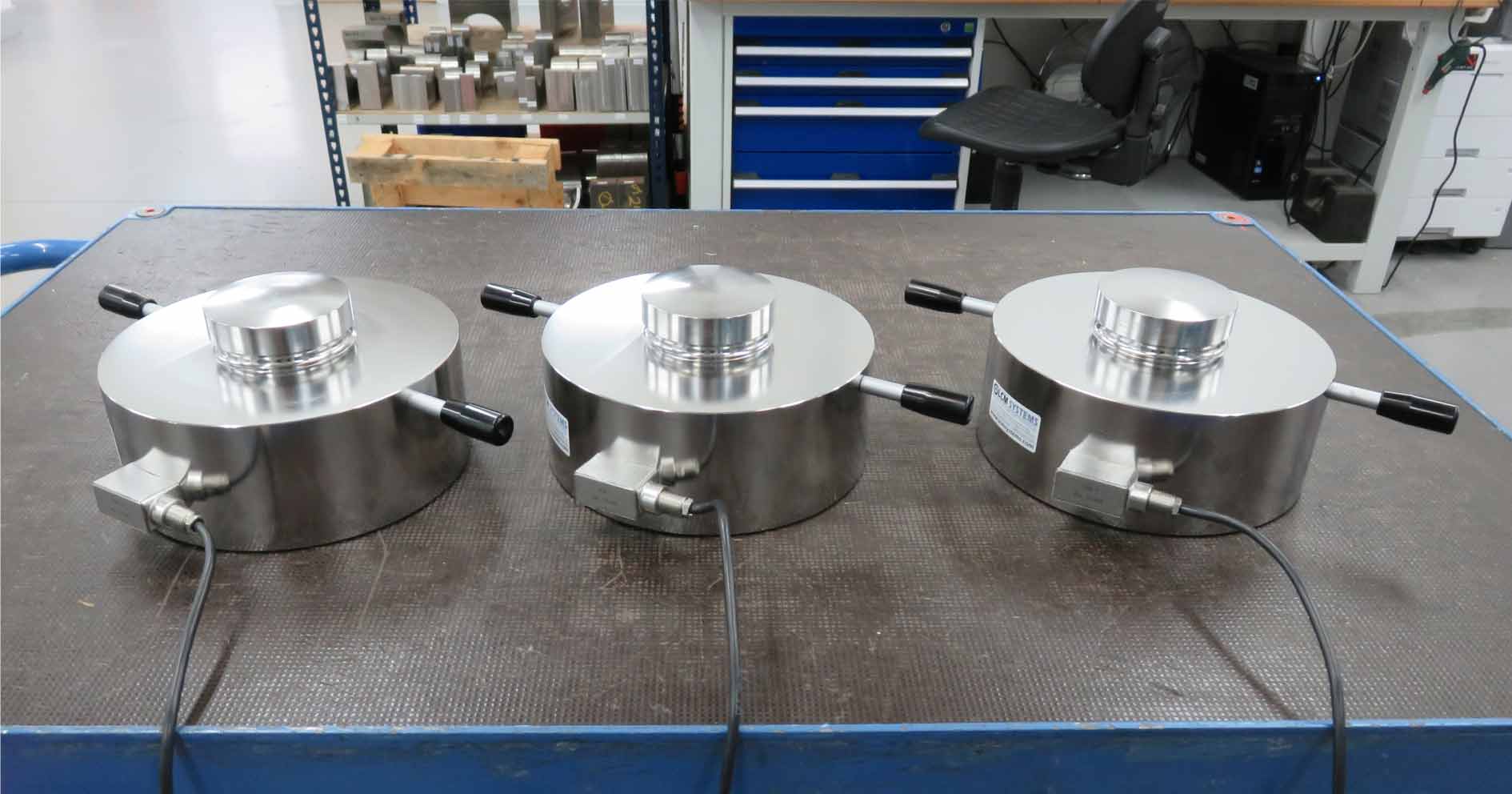- Accueil
- Informations
- Produits
- MAGASIN
- Marchés
- Applications
- Support
- Contact
- Nouvelles
Applications Guide des Capteurs de Pesage
Guide ultime de Capteurs de Pesage: Tout ce que vous devez savoir.
Introduction à la Capteurs de Pesage
Dans le domaine des processus industriels, la mesure précise de la charge joue un rôle essentiel pour garantir l'efficacité, la sécurité et la qualité des machines et des équipements. Au cœur de cette précision se trouve un composant souvent négligé et pourtant indispensable : le Capteurs de Pesage.
Qu'est-ce qu'un Capteurs de Pesage?
Un Capteurs de Pesage est un transducteur qui convertit une force ou un poids en un signal électrique. Ce signal peut ensuite être interprété par divers instruments pour fournir des mesures précises. Capteurs de Pesage se décline en une variété de types et de conceptions, chacun étant adapté à des applications et à des environnements spécifiques.
Comment fonctionne le site Capteurs de Pesage ?
À la base, un Capteurs de Pesage fonctionne sur le principe de la déformation. Lorsqu'une force est appliquée à un Capteurs de Pesage, celui-ci subit une déformation mécanique qui modifie sa résistance électrique, sa capacité ou sa tension de sortie. Ce changement est ensuite traduit en un signal mesurable proportionnel à la force appliquée.
Jauge de contrainte Capteurs de Pesage:
Les jauges de contrainte Capteurs de Pesage sont parmi les types les plus utilisés et les plus polyvalents. Elles utilisent des jauges de contrainte collées à un élément métallique (souvent en aluminium ou en acier inoxydable) qui se déforme sous l'effet d'une charge. Les jauges de contrainte mesurent l'ampleur de la déformation, qui est ensuite convertie en un signal électrique correspondant à la force appliquée. Ces jauges ( Capteurs de Pesage ) conviennent à un large éventail d'applications et offrent une grande précision et une grande fiabilité.
Importance de Capteurs de Pesage dans les processus industriels
Dans les processus industriels couvrant la fabrication, la construction, le transport et autres, la mesure précise de la force, du poids et de la pression est primordiale. Capteurs de Pesage est le pivot de cette entreprise, offrant une précision et une fiabilité inégalées.
Qu'il s'agisse de garantir l'intégrité structurelle des ponts et des bâtiments ou d'optimiser le contrôle des lots dans les usines de traitement chimique, le site Capteurs de Pesage joue un rôle multiple dans la préservation de l'efficacité, de la qualité et de la sécurité. Dans les environnements de production, ils facilitent le pesage précis des matières premières, contrôlent la tension des bandes transporteuses des chaînes de production et permettent un retour d'information en temps réel pour le contrôle de la qualité.
Dans les secteurs de l'aérospatiale et de l'automobile, Capteurs de Pesage joue un rôle essentiel dans les essais et la validation, en simulant des conditions extrêmes pour évaluer les performances et la durabilité des matériaux et des composants. De même, dans la fabrication d'appareils médicaux, Capteurs de Pesage contribue à l'assemblage méticuleux d'instruments complexes, garantissant le respect de normes de qualité rigoureuses.
Alors que nous entamons ce voyage dans le monde complexe de Capteurs de Pesage, il est essentiel de reconnaître leur importance fondamentale dans le tissu des processus industriels. Au-delà de simples composants, Capteurs de Pesage sont les sentinelles silencieuses de la mesure de précision, garantissant que chaque unité de force est prise en compte, que chaque poids est exact et que chaque pression est contrôlée. Rejoignez-nous pour approfondir le fonctionnement, les applications et les avantages de Capteurs de Pesage, en perçant les mystères qui se cachent derrière le rôle indispensable qu'ils jouent dans le façonnement de notre monde moderne.
Conclusion :
Comprendre les différents types de Capteurs de Pesage vous permet de sélectionner la solution la plus adaptée aux exigences spécifiques de votre application. Que vous ayez besoin d'une grande précision, d'une grande robustesse ou d'une grande sensibilité, il existe un type de Capteurs de Pesage conçu pour répondre à vos besoins. Dans les prochaines sections, nous approfondirons les applications et les avantages de chaque type, afin de vous aider à prendre des décisions éclairées pour vos projets.
Vous pouvez apprendre à choisir le bon Capteurs de Pesage ici .
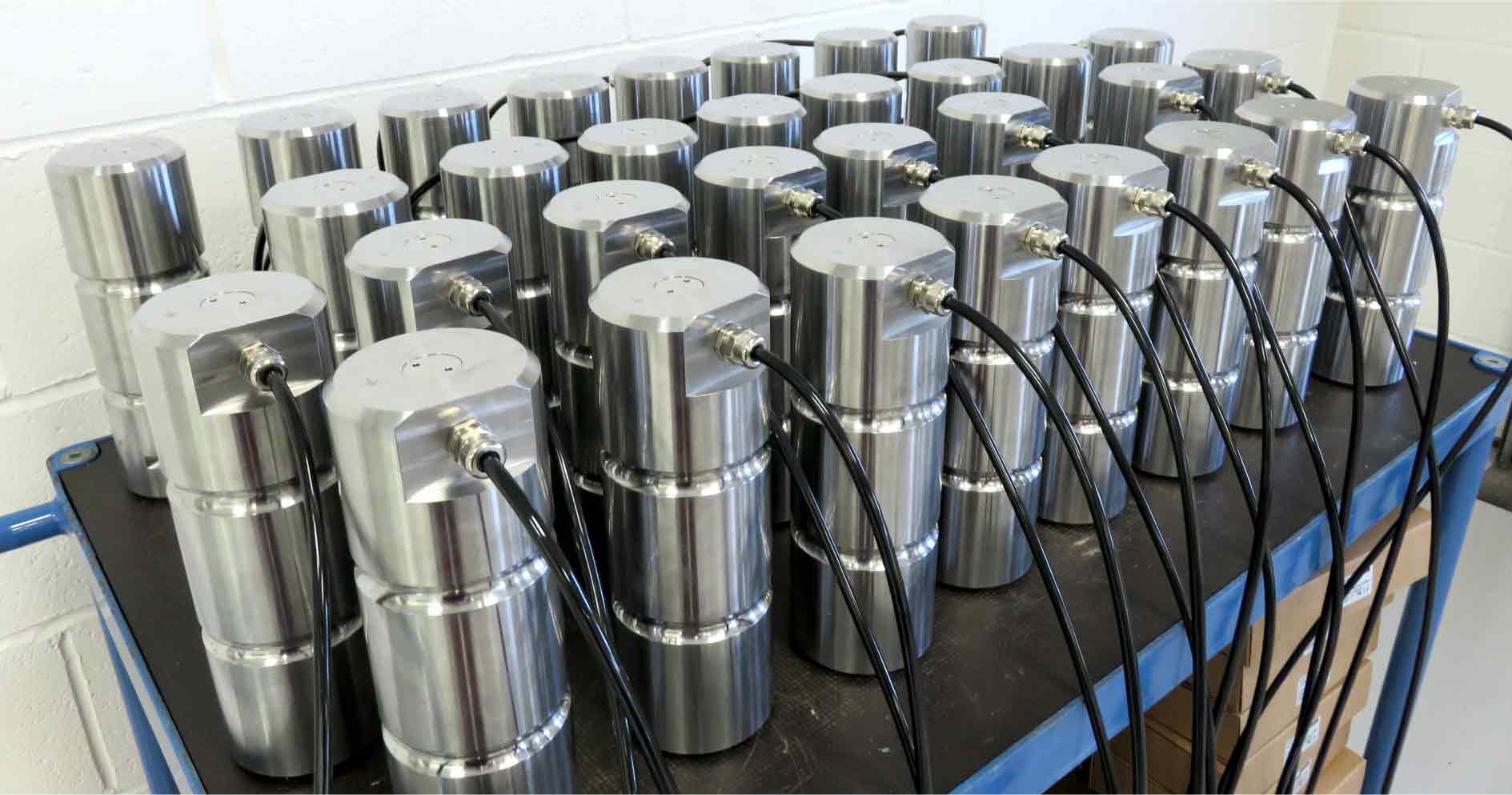
Applications de la Capteurs de Pesage
Capteurs de Pesage trouvent des applications diverses dans différents secteurs, fournissant des solutions de mesure critiques pour une large gamme de besoins de surveillance de la force, du poids et de la pression. Examinons quelques-unes des principales applications :
Pesage industriel et contrôle des lots :
Dans les industries de fabrication et de transformation, Capteurs de Pesage joue un rôle essentiel dans le pesage des matières premières, des produits finis et des solides en vrac. Ils sont couramment utilisés dans les bascules à bande transporteuse, les bascules à trémie et les systèmes de pesage de réservoirs pour un contrôle précis des lots et la gestion des stocks.
Essais et surveillance dans le domaine aérospatial :
Dans l'industrie aérospatiale, le site Capteurs de Pesage est largement utilisé pour tester et contrôler l'intégrité structurelle et les performances des composants et assemblages d'aéronefs. Ils facilitent les essais de charge statique et dynamique, les essais de fatigue et l'analyse des contraintes afin de garantir la conformité aux normes de sécurité les plus strictes.
Essais de charge et simulation d'accident dans l'industrie automobile :
Les constructeurs automobiles s'appuient sur Capteurs de Pesage pour les essais de charge et les simulations de collision afin d'évaluer l'intégrité structurelle et la sécurité des véhicules. Capteurs de Pesage est utilisé dans les mannequins d'essai de collision, les dynamomètres de châssis de véhicules et les bancs d'essai de composants pour mesurer les forces d'impact, la dynamique des véhicules et les réponses structurelles.
Fabrication de dispositifs médicaux :
Capteurs de Pesage font partie intégrante de la fabrication des dispositifs médicaux, où la précision et l'exactitude sont primordiales. Ils sont utilisés dans des équipements tels que les pompes à perfusion, les balances médicales et les machines de rééducation pour la mesure précise de la force, le contrôle du dosage et la surveillance du patient.
Équipement agricole et surveillance des cultures :
Dans l'agriculture, Capteurs de Pesage est utilisé dans des équipements tels que les balances à grains, les systèmes de pesage de silos et les machines agricoles pour mesurer avec précision le rendement des cultures, la consommation d'aliments pour animaux et l'application d'engrais. Ils permettent d'optimiser les pratiques agricoles, de réduire les déchets et de maximiser la productivité.
Essais de construction et de structure :
Capteurs de Pesage sont utilisés dans les projets de construction et de génie civil pour les essais structurels, le contrôle des charges et l'évaluation de la sécurité. Ils sont utilisés dans des applications telles que les essais de charge des ponts, les essais de matériaux de construction et la surveillance de la pression du sol afin de garantir l'intégrité structurelle et la conformité avec les codes de construction.
Manutention et logistique :
Dans les opérations de manutention et de logistique, Capteurs de Pesage est intégré dans les systèmes de convoyage, les pèse-palettes et les balances à grue pour un pesage précis et un contrôle de la charge. Ils permettent une gestion efficace des stocks, l'optimisation de l'emballage et le chargement des camions dans les entrepôts et les centres de distribution.
Conclusion :
La polyvalence et la fiabilité de Capteurs de Pesage les rendent indispensables dans un large éventail d'industries et d'applications. Qu'il s'agisse de garantir la sécurité dans les essais aérospatiaux, d'optimiser l'efficacité des processus de fabrication ou d'améliorer la précision des dispositifs médicaux, Capteurs de Pesage continue de stimuler l'innovation et l'excellence dans divers secteurs. Dans les sections suivantes, nous approfondirons des applications spécifiques, en soulignant les avantages et les bénéfices de l'utilisation de Capteurs de Pesage dans chaque contexte.
Pour en savoir plus sur les applications de Capteurs de Pesage , cliquez ici .
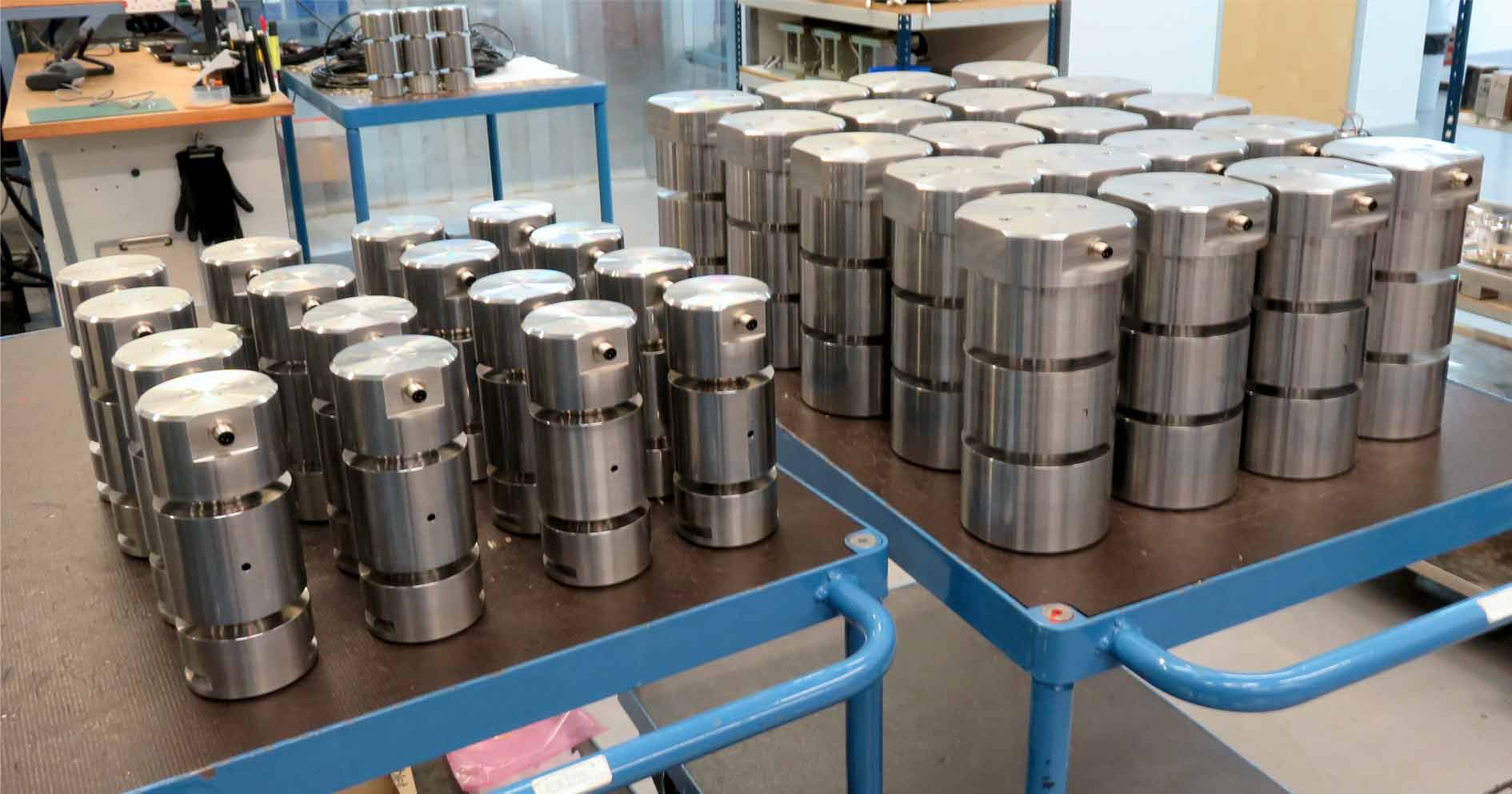
Comment choisir le bon site Capteurs de Pesage pour votre application
Le choix du site Capteurs de Pesage approprié pour votre application spécifique nécessite de prendre en compte plusieurs facteurs, notamment l'utilisation prévue, les conditions environnementales, la précision requise et les contraintes budgétaires. Voici un guide étape par étape pour vous aider à prendre une décision éclairée :
Définir les exigences de l'application :
Commencez par définir clairement les paramètres de votre application, notamment la plage de charge prévue, l'environnement de fonctionnement (température, humidité, etc.), les options de montage et le niveau de précision souhaité. La compréhension de ces exigences guidera votre processus de sélection.
Tenez compte des types de Capteurs de Pesage :
Évaluez les différents types de Capteurs de Pesage disponibles et leur adéquation à votre application. Tenez compte de facteurs tels que la capacité de charge, la sensibilité, le temps de réponse et la compatibilité avec votre équipement existant.
Évaluer les conditions environnementales :
Tenez compte des conditions environnementales dans lesquelles le Capteurs de Pesage fonctionnera. Si votre application implique des températures extrêmes, une humidité élevée ou une exposition à des substances corrosives, optez pour Capteurs de Pesage avec des spécifications d'étanchéité ou de matériaux appropriées pour garantir la fiabilité et la longévité.
Évaluer les exigences en matière de montage et d'installation :
Déterminez la configuration de montage et la méthode d'installation les mieux adaptées à votre application. Tenez compte de facteurs tels que les contraintes d'espace, l'accessibilité pour la maintenance et la nécessité d'un montage spécialisé Accessoires ou d'adaptateurs.
Vérifier l'étalonnage et la certification :
Assurez-vous que le site Capteurs de Pesage répond aux normes d'étalonnage et aux exigences de certification applicables à votre secteur d'activité et à votre application. Recherchez le site Capteurs de Pesage qui respecte les normes internationales telles que la norme ISO 9001 pour la gestion de la qualité et les normes nationales pour la traçabilité de l'étalonnage.
Examiner la réputation et l'assistance du fabricant :
Recherchez des fabricants Capteurs de Pesage réputés pour leur qualité, leur fiabilité et leur assistance à la clientèle. Recherchez des fabricants ayant des antécédents dans la fourniture de Capteurs de Pesage pour des applications et des industries similaires, et tenez compte de facteurs tels que la couverture de la garantie, l'assistance technique et la disponibilité des pièces de rechange.
Envisager des options de personnalisation :
Si votre application nécessite des caractéristiques spécialisées ou des configurations personnalisées qui ne sont pas facilement disponibles dans le commerce, étudiez les possibilités de personnalisation avec le fabricant. Discutez de vos besoins spécifiques et collaborez avec le fabricant pour mettre au point une solution sur mesure qui réponde à vos besoins.
Considérations budgétaires :
Enfin, tenez compte de vos contraintes budgétaires et comparez les coûts et les avantages des différentes options Capteurs de Pesage . S'il est essentiel d'investir dans un site Capteurs de Pesage de haute qualité qui réponde à vos exigences de performance, tenez compte de votre budget et explorez des alternatives rentables sans compromettre la fiabilité ou la précision.
Conclusion :
Le choix du bon Capteurs de Pesage pour votre application est crucial pour obtenir des résultats de mesure de force précis et fiables. En suivant ce guide étape par étape et en considérant soigneusement les exigences de votre application, les conditions environnementales et les contraintes budgétaires, vous pouvez sélectionner un Capteurs de Pesage qui répond à vos besoins et fournit des performances optimales dans votre application spécifique.
Pour en savoir plus sur les différents types de Capteurs de Pesage , cliquez ici .
Avantages de l'utilisation Capteurs de Pesage
Capteurs de Pesage offrent une multitude d'avantages dans divers secteurs, allant de la mesure de précision à l'amélioration de la sécurité et de la productivité. Examinons quelques-uns de ces avantages :
Mesure de l'exactitude et de la précision :
Capteurs de Pesage offrent une précision et une exactitude inégalées dans la mesure de la force, du poids et de la pression. Leur sensibilité aux changements infimes permet un suivi et un contrôle précis des processus, garantissant la cohérence et la qualité dans les applications de fabrication, d'essai et de recherche. Qu'il s'agisse de peser des ingrédients dans une chaîne de production pharmaceutique ou de mesurer la tension dans des supports structurels, Capteurs de Pesage fournit des résultats fiables et précis, minimisant les erreurs et optimisant les performances.
Efficacité et productivité accrues :
En intégrant Capteurs de Pesage dans les processus industriels, les entreprises peuvent rationaliser leurs opérations et maximiser leur efficacité. Capteurs de Pesage permet une surveillance et un retour d'information en temps réel, ce qui permet des ajustements proactifs pour optimiser les performances et minimiser les temps d'arrêt. Qu'il s'agisse d'automatiser les systèmes de manutention, d'optimiser le contrôle des lots dans le traitement chimique ou d'affiner les paramètres de production dans l'industrie manufacturière, Capteurs de Pesage joue un rôle essentiel dans l'amélioration de la productivité et du rendement.
Réduction des coûts grâce à l'optimisation des processus :
Capteurs de Pesage aident à identifier les inefficacités et les goulets d'étranglement dans les processus, ce qui permet aux entreprises de mettre en œuvre des optimisations ciblées et des mesures de réduction des coûts. En mesurant et en contrôlant avec précision des variables telles que le flux de matériaux, la pression et le couple, Capteurs de Pesage permet aux entreprises de minimiser les déchets, de réduire la consommation d'énergie et d'optimiser l'utilisation des ressources. Il en résulte des économies significatives au fil du temps et une amélioration de la rentabilité globale.
Sécurité et fiabilité accrues :
L'utilisation de Capteurs de Pesage renforce la sécurité et la fiabilité dans les environnements industriels en assurant une surveillance et un contrôle précis des paramètres critiques. Capteurs de Pesage peut détecter les anomalies et les surcharges dans les équipements, déclenchant des alarmes ou des arrêts afin d'éviter les accidents et les dommages aux équipements. Dans des applications telles que les grues et les opérations de levage, Capteurs de Pesage assure une manutention sûre des charges et prévient les surcharges, minimisant ainsi le risque d'accidents et de blessures pour le personnel.
Conclusion :
Capteurs de Pesage offrent une myriade d'avantages dans tous les secteurs, depuis les mesures de précision et l'augmentation de l'efficacité jusqu'aux économies de coûts et à l'amélioration de la sécurité. En exploitant les capacités du site Capteurs de Pesage, les entreprises peuvent optimiser leurs processus, améliorer la qualité et rester compétitives dans le paysage commercial dynamique d'aujourd'hui. Qu'il s'agisse de resserrer les tolérances dans la fabrication, de maximiser le débit dans la logistique ou de garantir la sécurité dans les environnements dangereux, Capteurs de Pesage continue à stimuler l'innovation et l'excellence dans divers secteurs, contribuant ainsi à un avenir plus efficace, plus productif et plus durable.
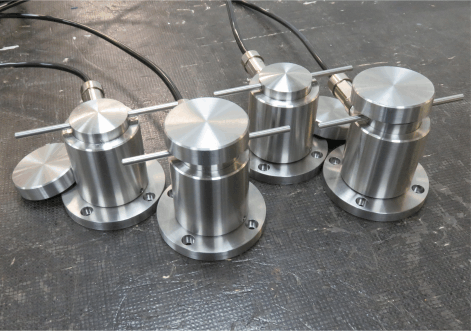
Questions fréquemment posées sur Capteurs de Pesage: Répondre aux principales préoccupations et questions
Quelle est la durée de vie d'un Capteurs de Pesage?
La durée de vie d'un Capteurs de Pesage varie en fonction de facteurs tels que les conditions d'utilisation, les facteurs environnementaux et les pratiques d'entretien. En général, les Capteurs de Pesage bien entretenus peuvent durer de nombreuses années, certains modèles de haute qualité offrant des durées de vie allant jusqu'à 15 ans ou plus. Un étalonnage régulier, une manipulation correcte et le respect des directives du fabricant peuvent contribuer à prolonger la durée de vie de Capteurs de Pesage.
Comment calibrer un site Capteurs de Pesage?
L'étalonnage d'un Capteurs de Pesage consiste à appliquer des charges connues au Capteurs de Pesage jusqu'à sa capacité nominale et à enregistrer les relevés de sortie correspondants. Il est généralement effectué à l'aide de machines d'essai d'étalonnage spécialisées, selon les procédures spécifiées par le fabricant de Capteurs de Pesage et/ou les normes industrielles telles que UKAS, ISO, ASTM ou NIST. Un étalonnage régulier est essentiel pour maintenir la précision et la fiabilité de Capteurs de Pesage dans le temps, et ne doit être effectué que dans un centre d'étalonnage accrédité par un personnel expérimenté.
Le site Capteurs de Pesage peut-il être utilisé dans des environnements difficiles ?
Oui, Capteurs de Pesage peut être utilisé dans des environnements difficiles, à condition d'être conçu et protégé de manière appropriée. De nombreux modèles Capteurs de Pesage sont dotés d'une construction robuste, de joints d'étanchéité et de composants spéciaux pour résister aux températures extrêmes, à l'humidité, à la poussière et aux substances corrosives. En outre, Capteurs de Pesage conçu pour les environnements dangereux doit être fabriqué conformément aux normes ATEX/IECEx afin de garantir un fonctionnement sûr dans les atmosphères potentiellement explosives.
Quelles sont les exigences en matière d'entretien pour Capteurs de Pesage?
Les exigences de maintenance pour Capteurs de Pesage impliquent généralement une inspection et un étalonnage réguliers. Il est essentiel de garder Capteurs de Pesage à l'abri des débris, de l'humidité et des contaminants qui peuvent affecter ses performances. En outre, un étalonnage et une vérification périodiques garantissent que Capteurs de Pesage continue à fournir des mesures précises et fiables. Le respect des directives du fabricant et des meilleures pratiques de maintenance peut contribuer à prolonger la durée de vie et les performances de Capteurs de Pesage.
Conclusion :
Il est essentiel de comprendre les principes fondamentaux de Capteurs de Pesage et de répondre aux questions et préoccupations les plus courantes afin de maximiser leurs performances et leur fiabilité dans diverses applications. En fournissant des informations et des conseils précis sur des sujets tels que la durée de vie, l'étalonnage, l'adaptation à l'environnement, la maintenance et la comparaison avec d'autres dispositifs de mesure de la force, les utilisateurs peuvent prendre des décisions éclairées et exploiter efficacement les capacités de Capteurs de Pesage pour répondre à leurs besoins spécifiques.
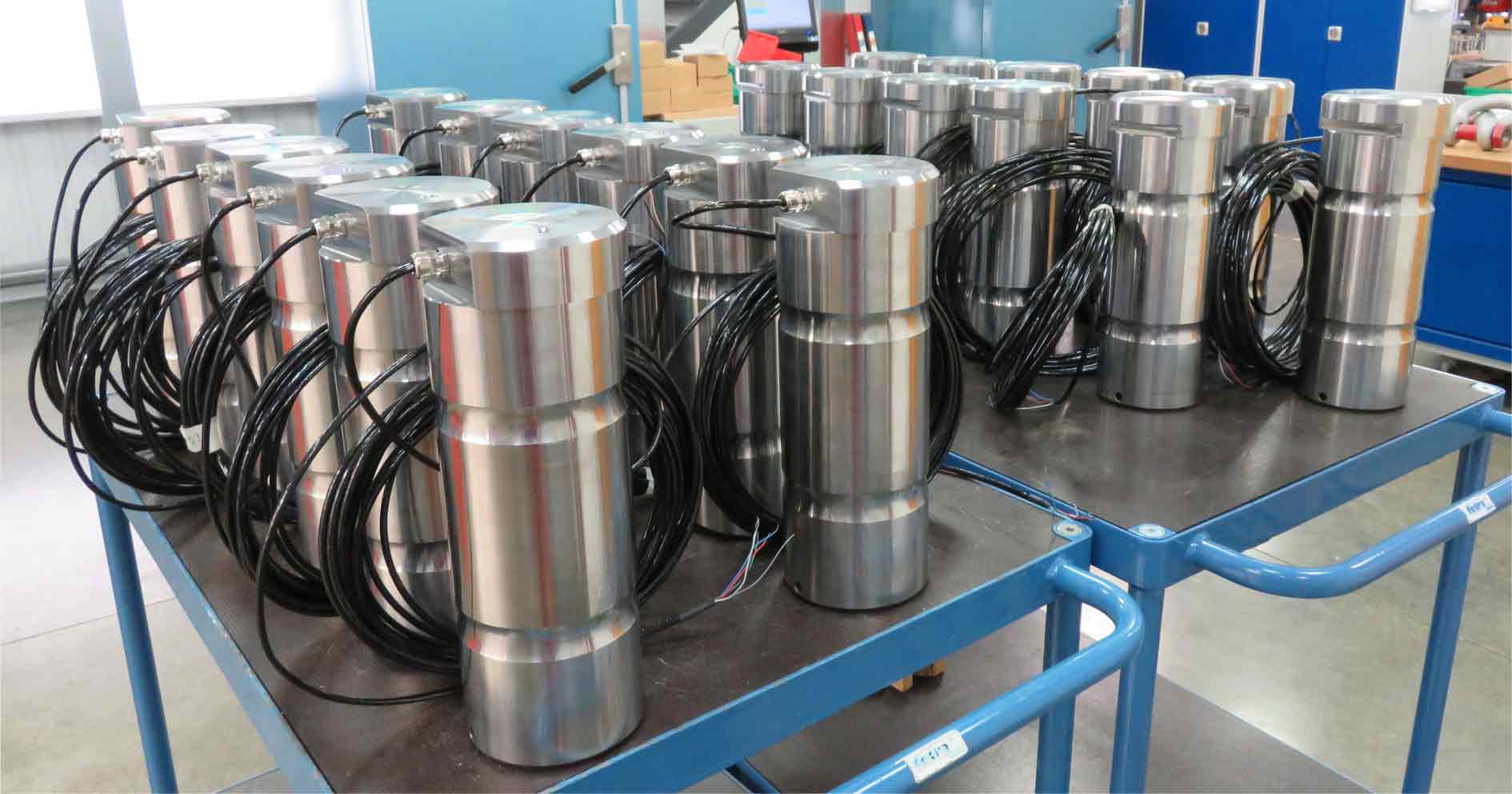
Types de Capteurs de Pesage
Capteurs de Pesage sont l'épine dorsale de la mesure de précision dans diverses industries, offrant des solutions variées pour mesurer la force, le poids et la pression.
Application de la Capteurs de Pesage
Capteurs de Pesage sont des outils indispensables dans une myriade d'applications dans diverses industries, permettant de mesurer avec précision la force, le poids et la pression.

Comment choisir le bon Capteurs de Pesage
Le choix du site Capteurs de Pesage approprié à votre application est crucial pour garantir des mesures précises et fiables.
